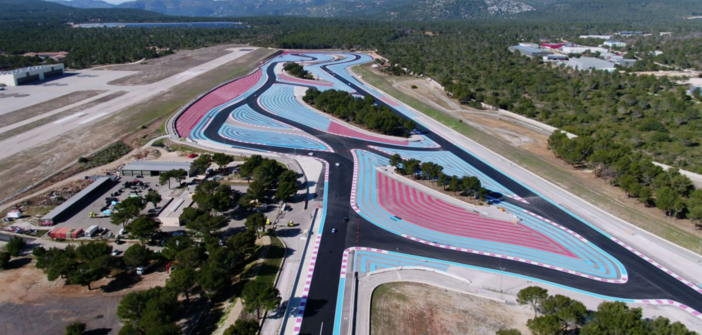In a jovial atmosphere and a week before the race’s start, the Chamber of Commerce and Industry (CCI) gathered the stakeholders of the French Grand Prix’s return. This press conference was organized around the topic of the event’s economic impact on the region.
Since 1991, there hasn’t been a Formula 1 Grand Prix at the Circuit Paul Ricard in Le Castellet. This return is primarily due to Christian Estrosi, who was then holding the presidency of the region. The mayor of Nice also praised the discretion of the project’s stakeholders. Negotiations between Christian Estrosi and Bernie Ecclestone, head of Formula One Management (FOM), were lengthy, having started in December 2016.
Even though the mayor admits he didn’t believe it at first, bringing back the date of Le Castellet to the prestigious Formula 1 calendar was a real challenge. Notably, it was a challenge to revamp the site, such as adding 60,000 seats around the circuit Paul Ricard, which initially had only 5,000. The requirements of the Formula 1 charter necessitated major work on the circuit and all around it.
The mayor surrounded himself with the organizers of the Belgian Grand Prix, using the Spa Francorchamps circuit as an example for organization. The economic impacts have already been noted on the Côte d’Azur and throughout the region. According to the president of the Hospitality and Tourism Federation, the hotels are already fully booked.
The French Formula 1 Grand Prix is a major event. The economic returns are estimated at 65 million euros and are expected to be significantly exceeded according to Christian Estrosi. More than 3 million French people are expected to tune in on their televisions.
France’s strength lies in the Formula 1 paddock. In total, 3 drivers and 3 team principals are French. This technological showcase hosts the team and engine manufacturer Renault Sport. It’s a significant economic force, first on a regional scale, then nationally. The race is scheduled for Sunday, June 24, live on TF1 and Canal +.


